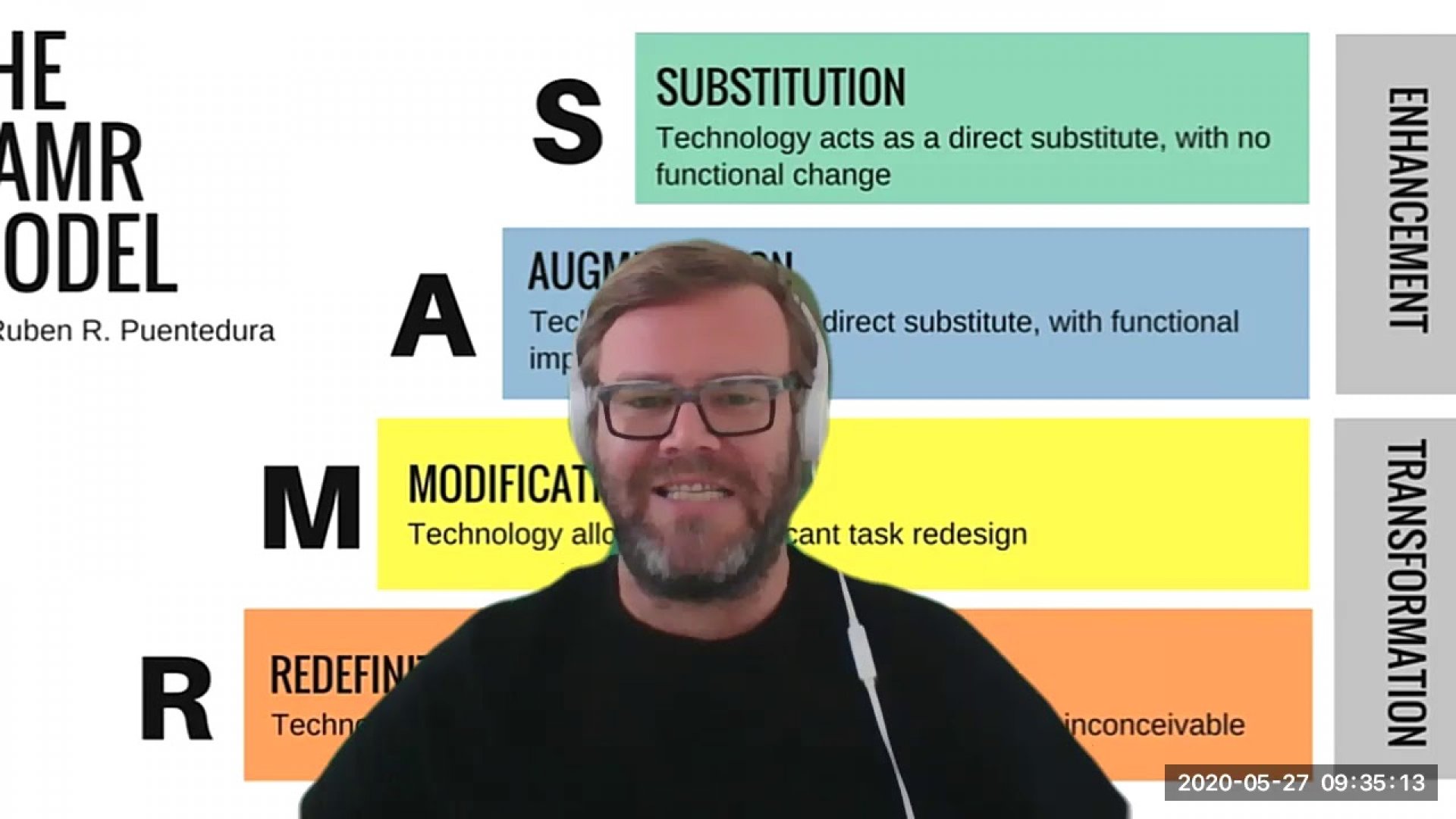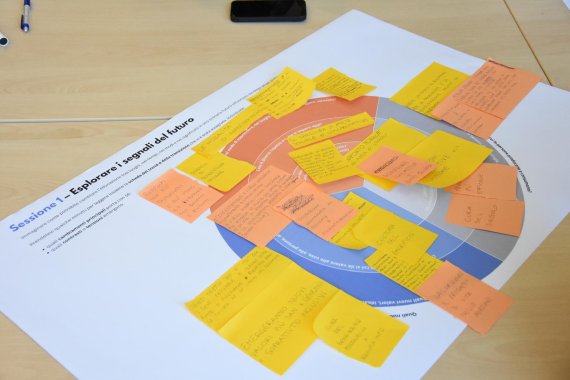Taking the virtual leap
Exploring the future since the 1960s
Distance learning began in the 1980s, and the ITCILO picked it up fast. Since the beginning of its training activities, in 1965, the Centre has been at the forefront of tech-driven learning.
Through the years of digital transformation, the Centre has kept the pace of innovation. It has always invested in research and development in the field. It has also long been mindful of how to introduce new technologies in different contexts, including developing countries.
Technological infrastructures have evolved, and the digital divide has narrowed. Online learning has become a regular feature of the ITCILO’s training offer.
The Learning Innovation Programme, ICT experts, and other teams at the Centre explore the future of learning every day.
COVID-19 has only accelerated a much-needed digitization of education.
The global lockdown posed abrupt and unexpected challenges. The pandemic disrupted education systems and institutions worldwide, but the ITCILO was relatively well-positioned to react. Since the beginning of the pandemic, the Centre has been transforming face-to-face and blended activities into online-only versions.
The new world of work is made of online meetings, virtual lessons, self-learning modules, and even e-coaching events. On 15 June 2020, the Centre will launch its first E-Coaching on Social Protection through VR software.
Read on to learn more about VR and how the ITCILO plans to use it.
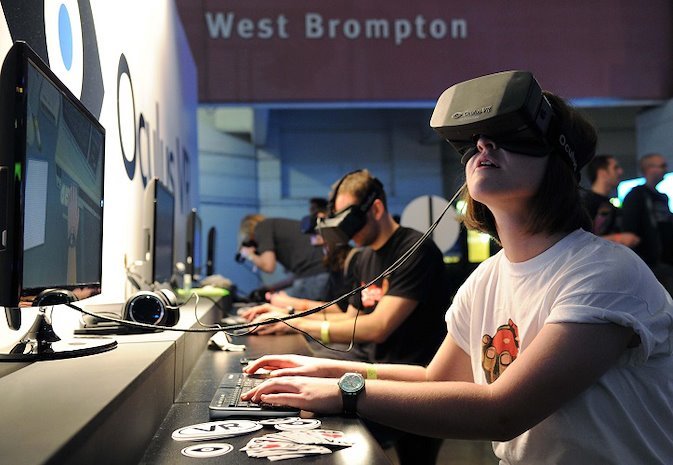
New technology, long history
The future of VR is here. Now, the technology is moving beyond its gadget stage and into classrooms.
The Oculus Rift headset lets users access simulated experiences, which are perfect for immersive learning. Technology-related costs have also gone down, and will continue to drop.
Often, computer-based tools are labeled “new tech.” But today’s VR builds upon ideas that date back to the 1800s—the beginning of photography.
By 1965, American computer scientist Ivan Sutherland had invented a head-mounted display device. He suggested it would serve as a “window into a virtual world.”
The 1970s and 1980s were a heady time in the field. Optical advances, haptic devices, and other tools allowed users to move around in virtual spaces.
“Virtual reality” as a term was first used in the mid-1980s, when American computer scientist Jaron Lanier founded the first company to sell VR goggles and gloves.
The biggest step came in 2008: Internet 2.0. Low-cost, high-quality devices became easily accessible to more people than ever before.
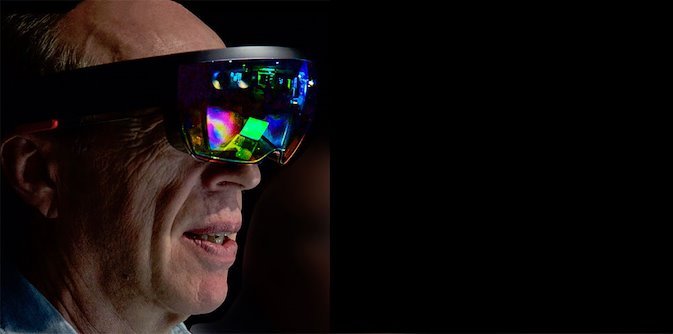
Virtual coaching, real impact
Interview with Charles Crevier, Manager of the Social Protection, Governance and Tripartism Programme of the ITCILO.
Question: The ITCILO is about to launch its first-ever E-Coaching on Social Protection, featuring VR. But, the existing tools seem good enough. Why VR?
Answer: The existing tools respond to most of the training needs and we are using them in all our learning activities. However, the VR experience is a step forward.
We are looking at delegations that are grappling with complex social protection issues to respond to the crisis in their countries. They must explore a range of possible options, but they have very little time.
Even here at the ITCILO, we faced tough decisions with a range of difficult options.
Thanks to VR, we were able to see each other and interact in a shared virtual space, since we could not physically all be in the same place due to the current situation. VR helped us recreate “normal” conditions and allowed us to crack those difficult questions.
It made us realize that these experiences could be useful in other contexts. Imagine key policy makers on social protection gathering in a virtual room and addressing the current thorny challenges of their social protection system.
Immersion helps convey international wisdom and other countries’ experiences in a more realistic, concrete way.
We can also do that with the standard online meeting tools. We will continue to use them. However, I believe that VR experiences can strengthen the human connection. It’s something that would make any learning journey more impactful.
Thanks to VR, we were able to see each other and interact in a shared virtual space.
Q: More technology equals more human touch? Isn’t that a contradiction?
A: That is what we have experienced here at the ITCILO. Once you have experienced this yourself, it is easier to take a group of international participants with you.
All in all, learning means connecting with people. It means having a virtual coach, but it also means you can create your own virtual safe space. It’s a space where you can meet with other key decision makers and take advantage of the creative freedoms.
Q: How will you address the digital divide and the lower purchasing power of many of the potential beneficiaries across the world?
A: First, we have to look at social protection and how important it is in terms of social justice. It deals with billions of USD, which is a massive scale. So any decision, especially now in the context of COVID-19, matters.
Second, a relatively small number of people are involved in key policy decisions. Investing in alternative technologies could make the learning journey and decision making more effective. It is important to keep that in mind when considering the cost element.
At the ITCILO, we are making sure that this new e-learning modality is available to as many people as possible.
I would not be surprised if VR becomes the new standard when it comes to learning and training. We trust that this first edition of the E-Coaching on Social Protection will capture some of that potential.
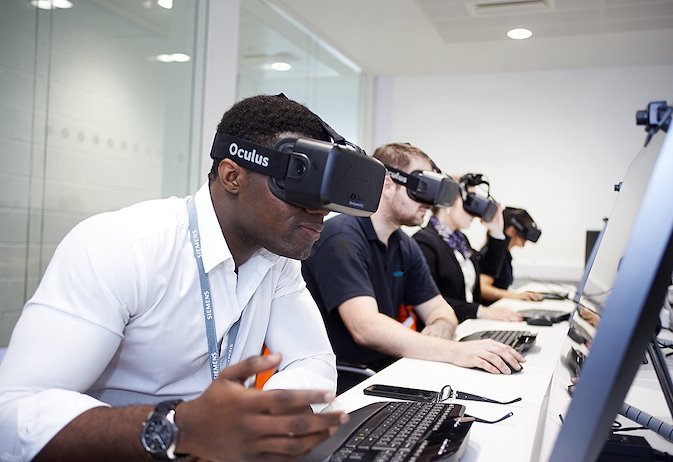
Listen up
Tom Wambeke, Manager of the Learning Innovation team, talks about how the latest developments in VR will impact learning and training.
Ready to register?
Click here to learn more.
